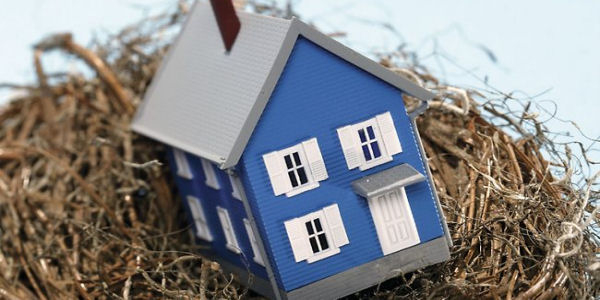Self-managed super funds have become a popular way for Australians to build their retirement savings.
Those members collectively hold more than half a billion dollars in superannuation assets, approximately 16% of which is invested in direct commercial and residential property.
Property, along with Australian shares (32%) and cash and term deposits (28%), make up the bulk of Australian SMSF asset.
“Your self-managed fund can have investments in two kinds of real property. These are commercial property, like a factory, a warehouse or a business leased premises, and residential property such as investment units and houses."
“As with all things superannuation, there are rules around investing in property in your self- managed super fund.
“For example, the property must meet the 'sole purpose test' of solely providing retirement benefits to fund members.
“SMSFs are also prohibited from investing in the family home or holiday home for the personal use of a member.
“And a property can’t generally be bought from a related party of an SMSF member (unless it is a business real property), nor can it be lived in, or rented by a fund member or any fund members' related parties."
SMSFS can also borrow or gear their super into property, but it must be done under very strict conditions called a 'limited recourse borrowing arrangement'.
Note: SMSFs are not appropriate for all investors due to the time, cost and responsibility involved in managing and SMSF and because they are not cost competitive for lower account balances.
This arrangement can only be used to buy a single asset, such as a residential or commercial property.
You should assess whether the investment is consistent with the investment strategy and risk profile of your fund before committing to a geared property investment.

